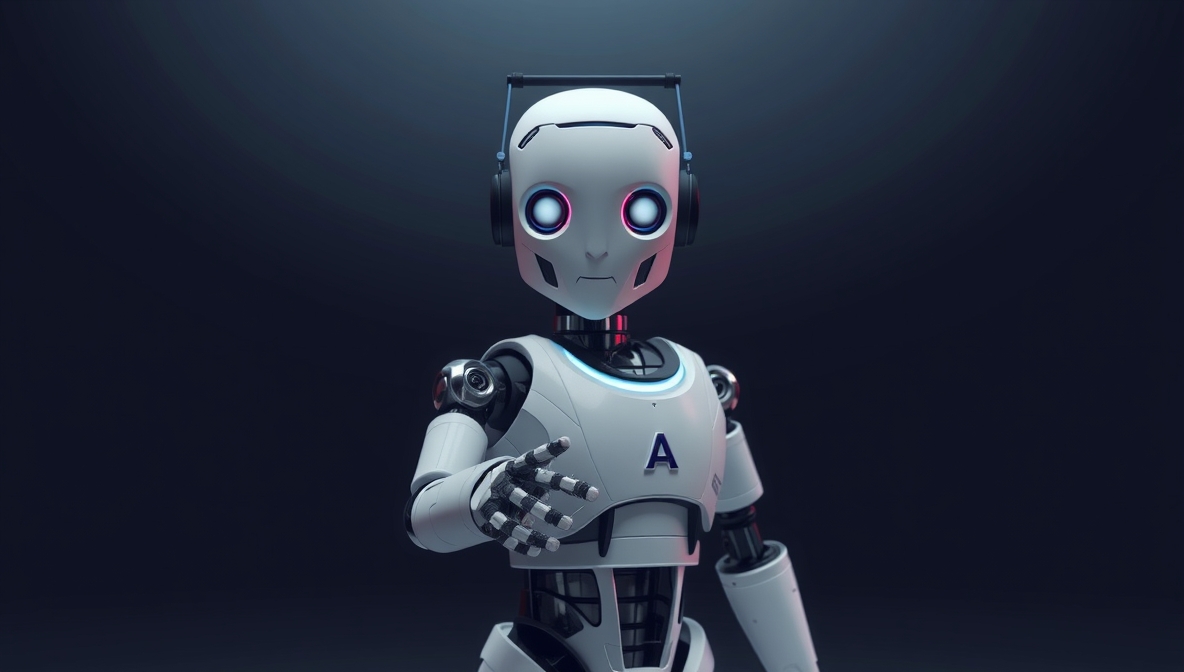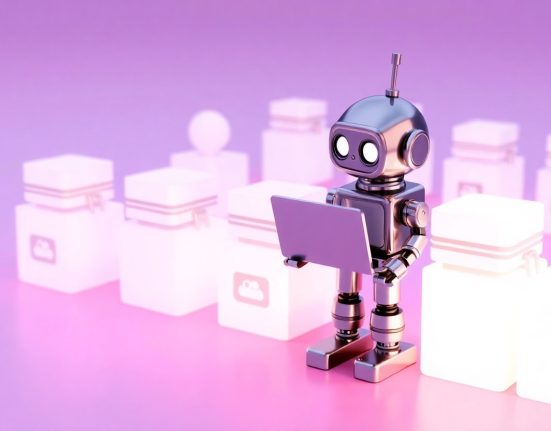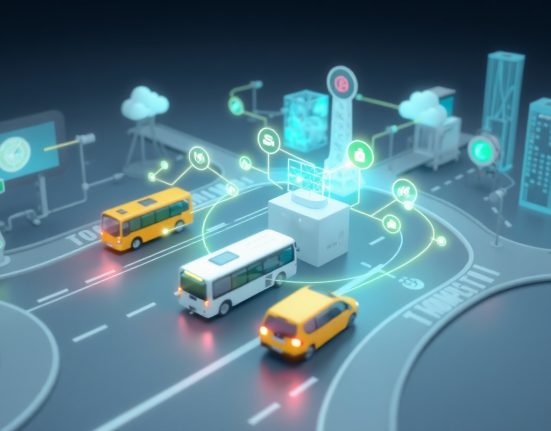A Philosophical-Technological Discussion on Human Responsibility in Programming Robots that Make Real-World Decisions
In an era where robots and artificial intelligence systems are becoming an integral part of our lives, the question “Do robots need ethics?” is transforming from a theoretical discussion to a practical and urgent necessity. Autonomous systems make decisions affecting humans in various domains—from autonomous vehicles to medical systems, from financial systems to security systems. While technology advances rapidly, ethical and legal thinking struggles to keep pace.
What is Robot Ethics?
Robot ethics (Roboethics) is a field addressing moral questions concerning the design, development, programming, and operation of robots and autonomous systems. The central question is not whether robots need morality as an internal thinking tool (since robots are not independent moral entities), but how to program them to act in ways that align with human values and moral principles.
The roots of this discussion are embedded in Isaac Asimov’s famous Laws of Robotics:
- A robot may not injure a human being or, through inaction, allow a human being to come to harm
- A robot must obey the orders given it by human beings except where such orders would conflict with the First Law
- A robot must protect its own existence as long as such protection does not conflict with the First or Second Law
These laws, first presented in science fiction literature, have become the foundation for practical discussion in an era where robots are becoming everyday reality.
Key Ethical Dilemmas
The Trolley Problem in the Autonomous Vehicle Version
One of the most well-known dilemmas is “The Trolley Problem” applied to autonomous vehicles: when an accident is unavoidable, should the vehicle protect its passengers at the cost of harming pedestrians? Or should it sacrifice its passengers to save a greater number of other people? Who should make these decisions—the programmer, the manufacturer, the vehicle owner, or perhaps a public authority?
Algorithmic Transparency
Should autonomous systems be able to explain their decisions? When an algorithm refuses to approve a loan, rejects a job candidate, or suggests a certain medical treatment, users deserve to understand the reasons behind the decision. However, complex algorithms, especially those based on deep machine learning, often function as a “black box” whose operation is difficult to understand.
Legal Responsibility
When a robot or autonomous system causes harm, who bears responsibility? The programmer? The manufacturer? The user? The legislator? Or perhaps the robot itself? This question challenges the traditional legal system based on human responsibility.
Human Responsibility in Programming Robots
Bias Prevention Design
Artificial intelligence systems learn from existing data and therefore tend to replicate social biases present in that data. For example, an automated recruitment system trained on previous decisions may discriminate against women or minorities if such discrimination existed in the past. The responsibility to prevent these biases falls on programmers and developers.
The Human in the Loop Issue
How autonomous should autonomous systems truly be? Should critical decisions always include a “human in the loop” who can override the machine’s decision? This balance between autonomy and efficiency versus human oversight and safety represents a central challenge.
Ethical Education for Developers
Technology developers need ethical training as an integral part of their professional education. They must understand the social and moral implications of the technologies they develop. Similar to doctors who take the Hippocratic Oath, is there a place for a similar oath for AI and robotics engineers?
Philosophical Approaches to Robot Ethics
Utilitarian Approach
The utilitarian approach suggests programming robots to act to achieve “the greatest good for the greatest number of people.” But how is “good” defined? Can human values be quantified? For instance, should an autonomous vehicle save three young passengers at the expense of one elderly person’s life?
Deontological Approach
This approach emphasizes the importance of universal moral rules, regardless of consequences. According to this approach, there are actions that are always forbidden, regardless of their consequences. For example, a robot should never be programmed to intentionally harm humans, even if this might lead to positive outcomes in the long run.
Virtue Ethics
This approach focuses on developing positive character traits. In the context of robots, this might manifest in programming that emphasizes values such as fairness, transparency, reliability, and concern for human welfare.
Global Initiatives for Robot Ethics
In recent years, international organizations, governments, and technology companies have developed ethical frameworks for the development and use of robots and artificial intelligence:
- The European Union has developed guidelines for Trustworthy AI, emphasizing values of transparency, fairness, accountability, and privacy
- The Institute of Electrical and Electronics Engineers (IEEE) launched the “Ethics in Design” initiative to develop ethical standards for new technologies
- Many technology companies have established internal ethics committees to examine the ethical implications of their products
From Legislation to Education – A Multi-Systemic Approach
Solving ethical challenges in robotics requires an integrated approach including:
Legislation and Regulation
Developing a legal framework adapted to the challenges of autonomous technologies. This regulation needs to be flexible enough to adapt to rapid technological developments, yet stringent enough to protect human rights and public safety.
Corporate Responsibility
Companies developing autonomous technologies should adopt an ethical code and examine the social implications of their products beyond purely economic considerations.
Public Education
The general public needs to understand the benefits and risks of autonomous technologies to make informed decisions about their adoption and use.
Interdisciplinary Collaboration
Solving ethical challenges requires collaboration between engineers, philosophers, lawyers, social scientists, and policymakers.
Conclusion
The question “Do robots need ethics?” is not merely a theoretical one, but a practical necessity in the technological era. Human responsibility in programming robots is multidimensional—it includes technical, social, moral, and legal responsibility.
While robots themselves are not moral agents (at least at the current stage of technological development), the decisions they make reflect the values and ethical considerations of their creators. Therefore, the real question is not whether robots need ethics, but how we, as humans, embed our ethical values in the systems we create. The great challenge is to develop technology that is not only smarter but also better—technology that promotes human values, respects human rights, and contributes to the welfare of humanity as a whole. This is a task that requires not only technological innovation but also deep philosophical, social, and moral thinking.














